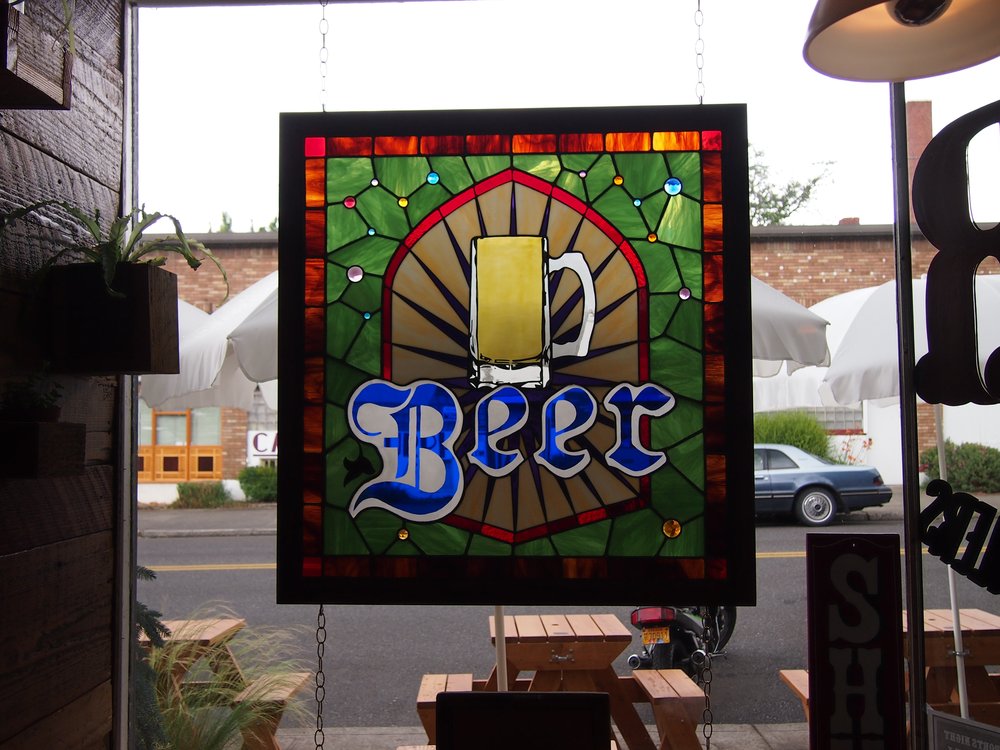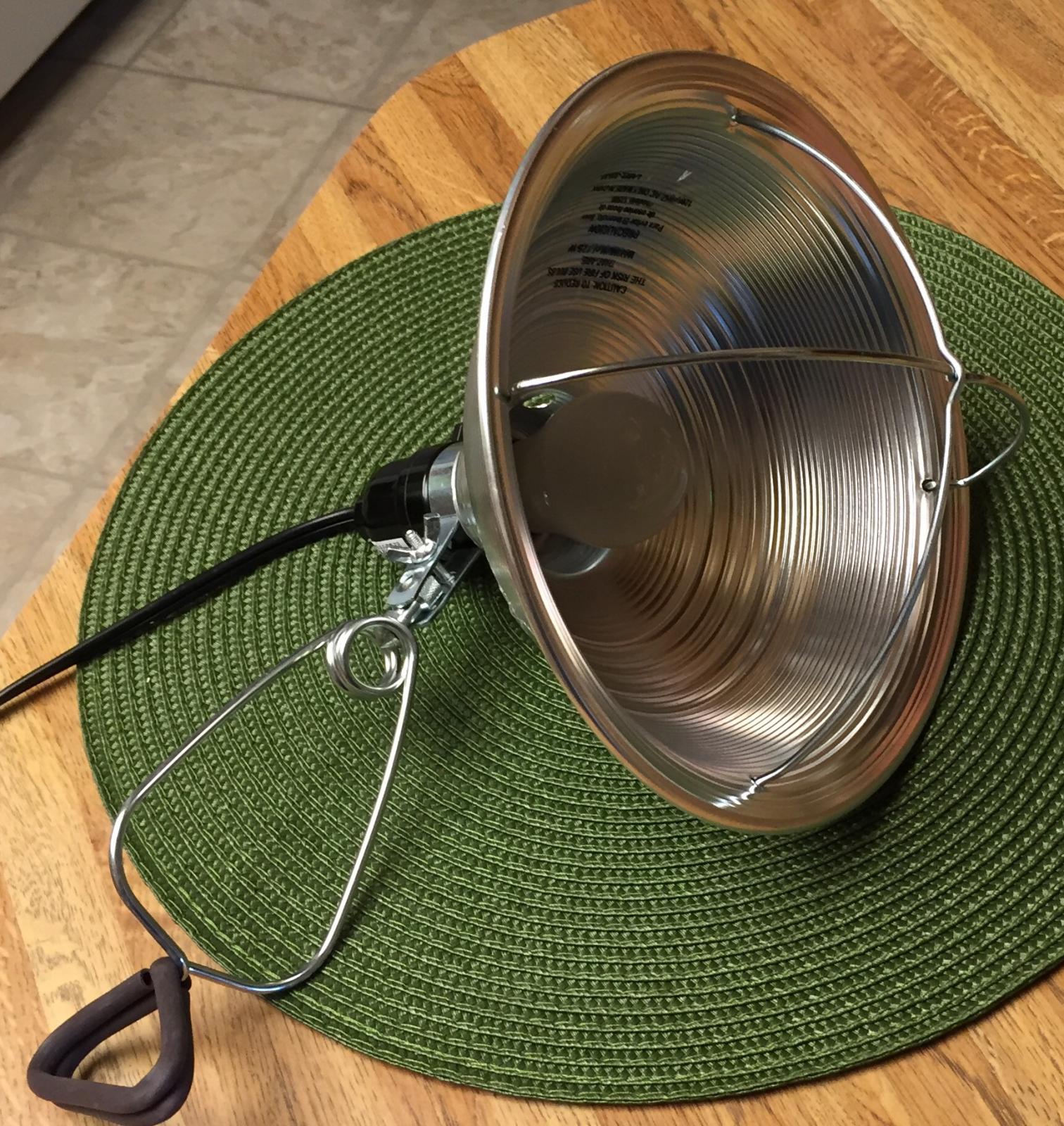Nice sticker from "Beer" , a great little beer bar. Their stained glass of the same is really cool . https://www.facebook.com/BeerPortland/



Nice sticker from "Beer" , a great little beer bar. Their stained glass of the same is really cool . https://www.facebook.com/BeerPortland/
I think I'm having some issues with either my unit, or the way it is setup.
First time using it for fermentation with heat connected.
see photos
Temp set at 67
Actual temp is 66.1
Heating light is on
HD 3
Cd 3
Pt 10
But the heater (lasko my heat) continues to run above 64.
View attachment 315563
1)Am I wrong to think that it should turn off then?
2) Does the PT setting affect how long the heat/cool stays on even after it is within the threshold?
I'm also having issues with the lasko overheating which isn't helping with the diagnosis...

With setpoint at 67°F, the heat comes on at 64°F, and turns off at 67°F. Cooling comes on at 70°F, and turns off at 67°F. Your unit appears to be operating as designed.
Brew on















When I was in Italy I had a beer called Spaten, it was pretty good. Yet I don't recall where it is brewed. Who knows?
thanks
bob
Hey guys, I just read this thread start to finish, as I was thinking of buying one of these controllers. Then the last comment from Jwin, and response from Doug, has me a little confused. Why does it wait until until 64 is reached, before it kicks on the heat, if the desired temp is 67? Same in reverse for cooling. Why does it wait until 70, before it starts to cool to 67? That seems like a wide (6 degree) range.
Forgive me if I'm misunderstanding. I don't want to carry this thread on longer than it needs to.

That's the way hysteresis works. If you don't have a dead band for on/off controllers, they end up fast cycling which causes early equipment failures. If you want to maintain a setpoint at a specific value, you need to use some kind of variable output controller (like a PID.) However, variable output controllers are not compatible with compressors. So, for a refrigeration unit, on/off control is the only way to go (unless you use a throtlable recirculating coolant with a thermal mass.)
The hysteresis of the ITC-308 can be set as low as +/- 1°F (or +/- 0.3°C IIRC.) If you are going to use a small hysteresis band, then you want to make sure to use a long compressor delay time to protect the compressor from early failure.
By placing the temp probe on the outside of a fermenter, and insulating it lightly, you get the heating/cooling system to react faster than the thermal mass in the fermenter, and thus keep the fermenting beer at a more even temperature. A thermowell in the fermenter is not the best placement for maintaining uniform beer temperature when using a simple on/off controller.
Brew on
Thanks, Doug. So, if I am understanding correctly, placing the temp probe on the outside of the fermenter will get the heating/cooling system to react quicker, therefore, the temp inside the fermenter stays (more) consistent. But, this puts added strain on the heating/cooling elements, as they are turning on/off more frequently. Correct? If it is, then what is the preferred method of heating/cooling the ferm chamber? Or is a matter of "picking your poison?"
Jwin: I see what you are saying. I'm glad I caught this thread. Great stuff here from everyone. Very informative.

Inkbird promotes the lowest price for controllers of the year. From Black Friday to Cyber Monday. Pre-wired ITC-308 dual stage temperature controller drops 20%. Please don't miss the biggest feast.
https://www.homebrewtalk.com/showthread.php?t=558247
More detail is above the link.
Guys what is the od of the probe on the itc 308? Is it 0.236"?

Covered with foil and it seem much like the paint can.
